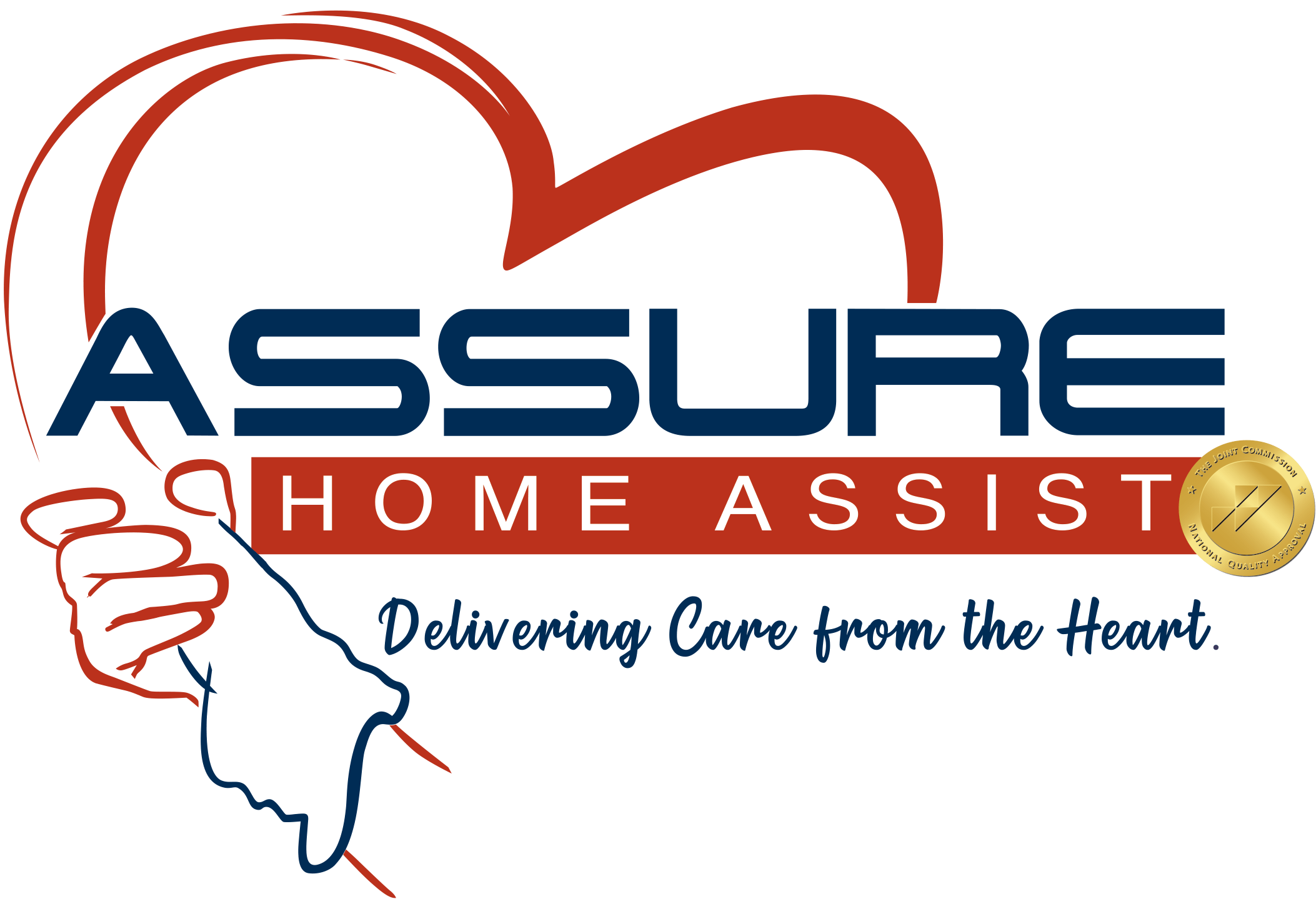Falls are a major concern for seniors, and they can lead to serious injuries or even death. In fact, according to the Centers for Disease Control and Prevention (CDC), one in four older adults falls every year. Falls are the leading cause of injury-related deaths and hospitalizations in the elderly, making fall prevention an essential part of senior care.
But the good news is, falls are largely preventable with the right precautions, especially at home. By recognizing the signs of fall risk and making simple home modifications, you can significantly reduce the chance of an accident.
How Often Do Falls Happen Among Seniors?
Falls are more common than most people realize. The CDC reports that approximately 36 million older adults fall each year, and 3 million are treated in emergency departments for fall-related injuries.
As people age, their balance, strength, and vision can deteriorate, increasing their risk of falling. Additionally, medications that affect balance or cognition can further contribute to fall risk.
Simple Home Modifications to Prevent Falls
Your home is the safest place for your loved one, but there are several simple changes you can make to reduce the risk of falls:
1. Improve Lighting
Ensure that all rooms, hallways, and staircases are well-lit, especially at night. Install night lights in bathrooms, bedrooms, and hallways to guide your loved one through the house.

2. Remove Clutter and Obstacles
Keep floors clear of clutter like shoes, wires, and rugs that can be tripped over. Make sure paths are wide and unobstructed to allow for easy movement.

3. Install Grab Bars and Handrails
Place grab bars in bathrooms—especially near toilets and in the shower or bathtub. Adding handrails on both sides of staircases can provide support and prevent falls.

4. Use Non-Slip Mats and Rugs
Use non-slip mats in bathrooms and kitchens, and make sure that all rugs are secured to the floor or replaced with non-slip versions.

5. Rearrange Furniture
Keep furniture away from pathways, and avoid sharp edges on tables or chairs that could cause injury if a fall occurs.

6. Use Supportive Footwear
Encourage wearing shoes with non-slip soles around the house. Avoid slippers with smooth soles that can increase the risk of slipping.

We Offer a Free Home Safety Assessment
At Assure Home Assist, we understand how important it is to make sure your loved one is safe at home. That’s why we offer a complimentary care assessment and home safety evaluation by our experienced intake specialists. We’ll visit your home to assess potential fall risks and recommend modifications tailored to your loved one’s needs, ensuring their comfort and security at home.
Why Choose Assure Home Assist for Senior Fall Prevention?
Our goal is to help families create a safe, supportive environment for aging loved ones. With our professional home assessments and expert advice, you can have peace of mind knowing that every precaution is being taken to prevent falls and accidents. Whether it’s mobility assistance, companionship, or a complete home safety evaluation, we’re here to help.
Contact us today to schedule your free home safety assessment and ensure your loved one’s safety at home. Call us now: (224) 207-7550




No responses yet